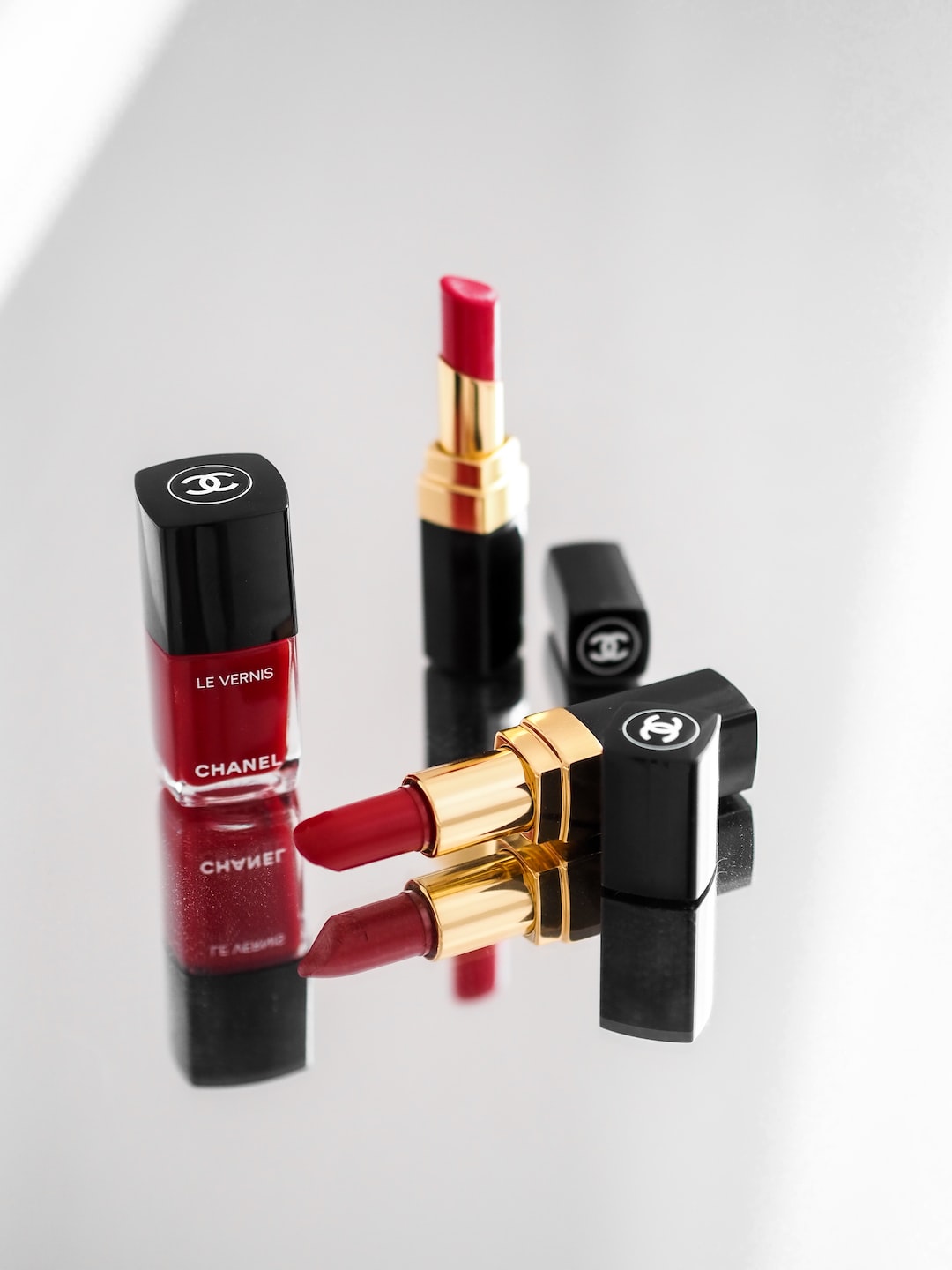Understanding the Different Types of Acne and How to Treat Them
Acne is a common problem that affects millions of people around the world. It can be not only physically uncomfortable but also emotionally distressing, leading to lowered self-esteem and confidence. However, the good news is that with proper understanding, you can effectively tackle acne and achieve clear, healthy skin. To begin this journey, it’s crucial to comprehend the different types of acne and the various treatment options available.
1. Whiteheads and Blackheads: These are the most common types of acne. Whiteheads are closed, clogged pores while blackheads are open, clogged pores. Both can be caused by excess oil, dead skin cells, and bacteria. To treat them, gentle exfoliation and products containing salicylic acid or benzoyl peroxide can help remove the clogs, while maintaining a good skincare routine will prevent their future occurrence.
2. Papules and Pustules: Papules are small, red, inflamed bumps without pus, while pustules are similar but with a visible white or yellow pus-filled center. These types of acne occur when bacteria invade the blocked pores. It’s crucial to refrain from popping or squeezing them, as they can worsen the inflammation and lead to scarring. Instead, applying over-the-counter topical treatments containing antibiotics or benzoyl peroxide can help to reduce swelling and kill bacteria.
3. Nodules: Nodules are large, solid, and painful pimples that occur deep within the skin. They develop when clogged pores cause an intense inflammatory response, leading to firm, painful bumps. Nodular acne is difficult to treat with topical solutions alone. Dermatologists often prescribe oral medications such as antibiotics, isotretinoin, or hormonal therapy to address this severe form of acne. It’s important to seek professional guidance when dealing with nodules to prevent scarring and persistent painful acne.
4. Cysts: Cystic acne is a severe form of acne characterized by large, pus-filled bumps that are painful and prone to scarring. They occur when the clogged pore ruptures deep within the skin, spreading the infection and causing further inflammation. Dermatological intervention is often necessary for cystic acne, as it requires prescription medication, such as isotretinoin. Alternatively, intralesional steroid injections can help to reduce inflammation and promote healing.
In addition to understanding the different types of acne, it’s important to develop a comprehensive skincare routine for prevention and treatment. Here are some general tips for managing acne:
1. Cleanse your face gently: Use a mild cleanser twice a day to remove excess oil, bacteria, and dead skin cells without irritating the skin’s surface. Avoid harsh scrubbing or using hot water, as it can further aggravate acne.
2. Moisturize: Contrary to popular belief, moisturizing is essential for all skin types, including oily, acne-prone skin. Choose a non-comedogenic moisturizer that won’t clog pores and help maintain the skin’s natural protective barrier.
3. Avoid touching your face: Touching your face frequently can transfer bacteria, dirt, and oil from your hands onto your skin, potentially exacerbating acne. Keep your hands away from your face and refrain from popping or picking at pimples.
4. Consult a dermatologist: If over-the-counter treatments aren’t providing the desired results, it’s beneficial to consult a dermatologist who can evaluate your skin and prescribe suitable medication or treatments.
Remember, treating acne takes time and patience. While there are various treatment options available, sticking to a consistent skincare routine and seeking professional advice will significantly improve your chances of reducing and preventing acne breakouts. Ultimately, the goal is to achieve clear, healthy skin and regain your self-confidence.

